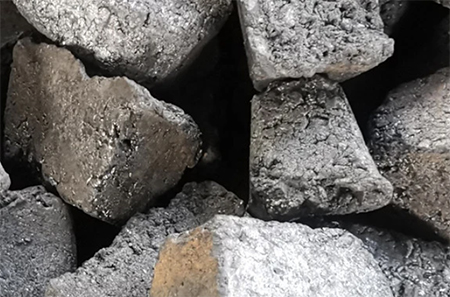Where is carbon electrode paste used?
Carbon electrode paste is used in various industrial applications, primarily in the production of ferroalloys and calcium carbide. Here are some specific areas where carbon electrode paste is commonly employed:
Ferroalloy Production: Carbon electrode paste is extensively used in submerged arc furnaces for the production of ferroalloys such as ferrosilicon, ferromanganese, and ferrochrome. These alloys are essential components in the manufacturing of steel and other metal alloys.
Calcium Carbide Production: Carbon electrode paste is used in electric arc furnaces for the production of calcium carbide, a chemical compound used in the production of acetylene gas. Acetylene, in turn, is used for various industrial processes, including welding and metal cutting.

Metal Production: Carbon electrode paste is employed in certain metal production processes where high-temperature electric arc furnaces are used. It helps in the reduction of metal oxides, facilitating the extraction of metals from their ores.
Graphite Electrode Production: Carbon electrode paste is a precursor material for the production of graphite electrodes. Graphite electrodes are crucial components in electric arc furnaces used for steelmaking and other metallurgical processes.
Other Industrial Processes: Carbon electrode paste may find applications in other industrial processes where high-temperature resistance and electrical conductivity are required. Its use is often associated with processes involving the smelting or reduction of metals and alloys.
The paste is typically composed of a mixture of calcined anthracite or petroleum coke, coal tar pitch, and other additives. Its properties make it suitable for use in electric arc furnaces, where it serves as a conductive material that facilitates the high-temperature reactions necessary for the production of various metals and alloys.





